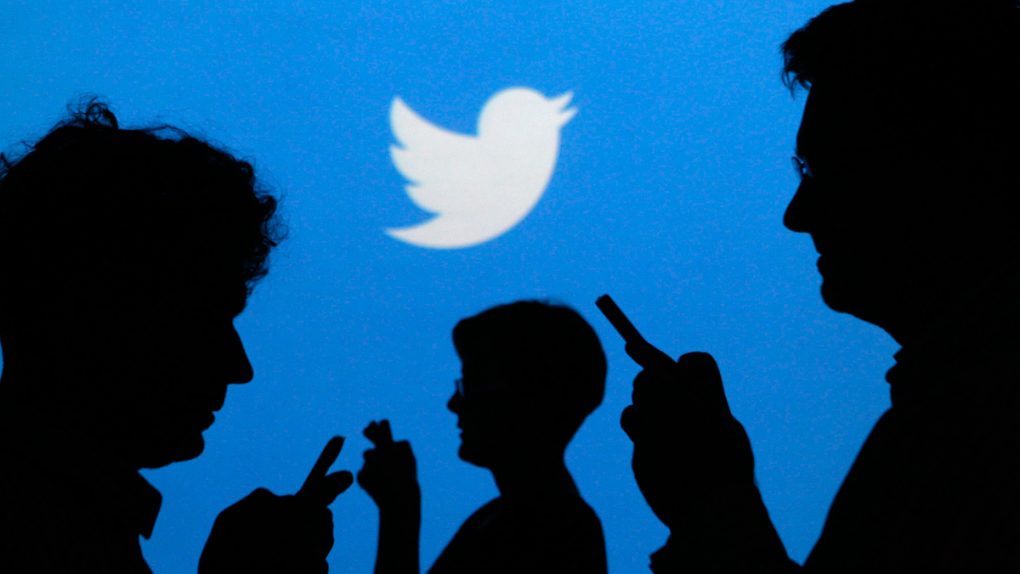Earlier this week, Twitter CEO Jack Dorsey strongly alluded to the fact that there may some dramatic changes afoot for the popular microblogging service. Dorsey’s comments followed a Re/Code report suggesting that Twitter may consider upping its 140-character limit for messages – a constraint that has defined the site since it’s inception – up to 10,000. If this pans out, we’d be living in a world with tweets comprised of anywhere between 1500-2000 words.
DON’T MISS: Tesla Model S’ new ‘Summon’ feature lets drivers park and retrieve their cars with no one inside
Understandably, the media was quick to speculate and come up with various explanations for Twitter’s theoretical shift in business strategy. Dorsey himself tried to explain Twitter’s position, specifically pointing to the growing number of users who get around the current 140-character limit by posting photos of text. This practice, Dorsey intimated, doesn’t lend itself towards searchable text.
“Instead, what if that text … was actually text? Text that could be searched. Text that could be highlighted. That’s more utility and power.
“What makes Twitter, Twitter is its fast, public, live conversational nature. We will always work to strengthen that. For every person around the world, in every language.”
That all sounds great, and searchable text certainly helps with the company’s advertising efforts, but I recently stumbled across a more insightful explanation for the company’s about-face from Alex Hern of The Guardian.
Hern makes a strong case that an increased character limit would allow Twitter to make the site stickier, creating something analogous to what Facebook has done with its Instant Articles feature.
It’s pretty nice to have hundreds of millions of users, but it doesn’t help you rake in the cash if their engagement with your site is to login, scroll a bit, then click a link and spend the rest of their session reading an article on a newspaper’s website (and seeing the newspaper’s adverts, to boot). But if those pieces are pasted in to Twitter itself – initially by platform neutral publications such as Buzzfeed, but eventually by any outfit seeking to drive social engagement – then Twitter can own the whole process from start to finish.
It’s an interesting point. After all, most casual users do use Twitter as something of a makeshift RSS feed, an easily accessible list to quickly glance at before clicking on any number of links and leaving the Twitter universe altogether. In other words, many people simply use Twitter as a stepping stone to discover content on other sites. And while this is one of Twitter’s underlying purposes, why wouldn’t Twitter try and keep those eyeballs engaged for as long as possible?
At this point, it’s not outlandish to expect the unexpected from Twitter given the struggles the site has had in accelerating user growth. On the financial side of the equation, Twitter shares are trading at an all-time low, recently dropping below $20 a share for the first time in company history.




